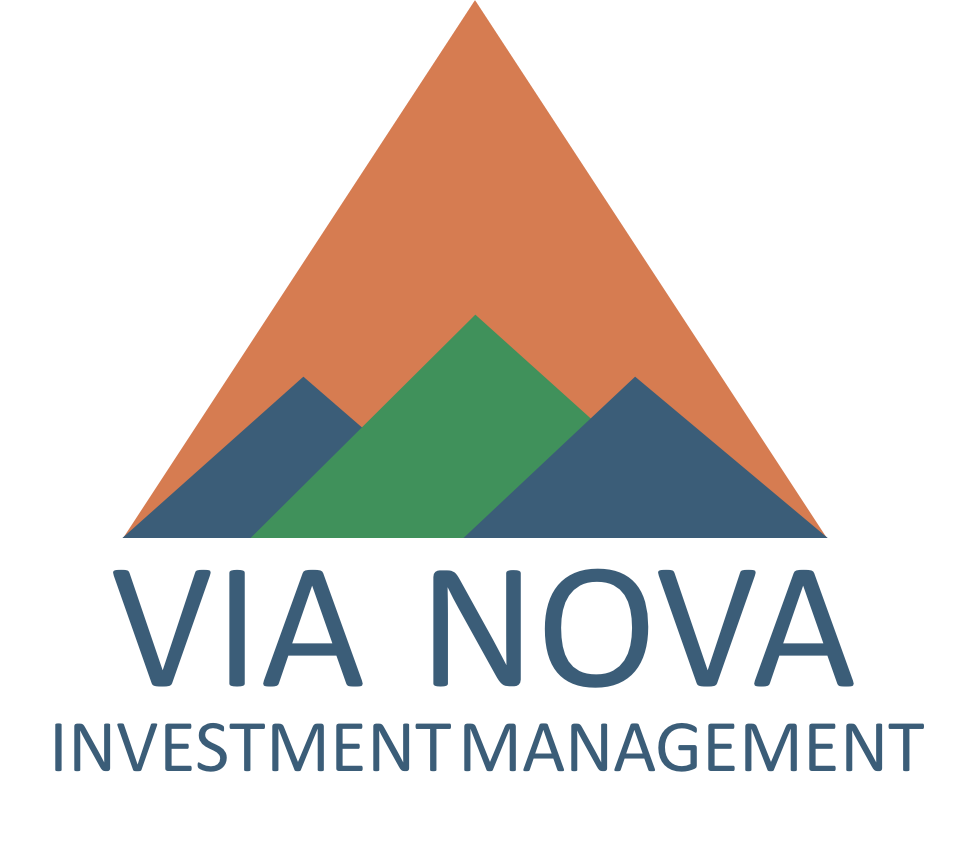You may think that someone from Washington would speak for a while when the whole world is hanging on his every word, but Fed Chairman Jerome Powell dropped the mike after ten minutes. His message, delivered at a symposium in Jackson Hole Wyoming, was short, concise, and not very sweet. The gist of his speech was that the central bank’s battle against high inflation would last longer than many had previously thought and that interest rates would have to rise higher and stay high until there was meaningful progress bringing down inflation. The result will likely be slower growth in the economy. The stock market did not take the speech very well and prices fell sharply following four weekly gains.
I wrote about Fed policy in my last two comments (Juggling the Fed’s Dual Mandate is Risky for the Economy and Stocks, and Almost at the Top?) because the Fed is the main actor affecting the direction of interest rates which in turn is a key factor affecting the economy and the markets. The current level of short-term rates set by the Fed is “neutral” at roughly 2½%, an estimated level of rates that neither restricts nor stimulates growth. Powell said, “In current circumstances, with inflation running far above 2 percent and the labor market extremely tight, estimates of longer-run neutral are not a place to stop or pause.” That comment means the Fed is likely to keep raising interest rates, probably another 1% or so according to many analysts, and this rise will happen before the end of the year.
Powell’s comment was not overly surprising to the markets given statements from Federal Open Market Committee (FOMC) members suggesting the need for rates to rise to 3¼% to 4%. The negative surprise came when Powell said, “Restoring price stability will likely require maintaining a restrictive policy stance for some time.” Translation: rates will rise and stay higher until the Fed is convinced that inflation and inflation expectations are back close to their longer-term target of 2%, and this process may take longer than many expected.
Powell harkened back to the days of record high inflation in the 1970s and early 1980s, and he said there were three lessons to be learned. “The first lesson is that central banks can and should take responsibility for delivering low and stable inflation.” This statement was hotly discussed during the period of high inflation, but the debate is now considered settled. Inflation is a monetary phenomenon with too much money chasing too few goods, and the Fed controls the growth in the money supply.
“The second lesson is that the public's expectations about future inflation can play an important role in setting the path of inflation over time.” What businesses and households think about the direction of future inflation strongly influences their planning and spending choices. A low and stable inflation environment is considered essential to healthy and sustainable growth.
Finally, Powell said the third lesson is “we must keep at it until the job is done.” The failure to act decisively back in the 1970s forced a lengthy period of very restrictive monetary policy under then Chairman Paul Volcker.
Powell concluded by saying, “These lessons are guiding us as we use our tools to bring inflation down. We are taking forceful and rapid steps to moderate demand so that it comes into better alignment with supply, and to keep inflation expectations anchored. We will keep at it until we are confident the job is done.”
Powell said the Fed’s actions to curb inflation “will also bring some pain to households and businesses. These are the unfortunate costs of reducing inflation.” Over the near term the Fed expects to see smaller job gains, a possible rise in the unemployment rate, and slower sales growth as signs that higher interest rates are taming inflation. The hope is that, if the Fed acts decisively to control inflation and inflation expectations now, we will avoid the very painful steps that were needed in the 1980s that resulted in interest rates near 20%. The current market thinking is that short-term rates may rise to 3½%-4% and stabilize there. Given that there are clear signs that the economy is slowing, the Fed may not need to raise interest rates much higher to achieve their goal.


